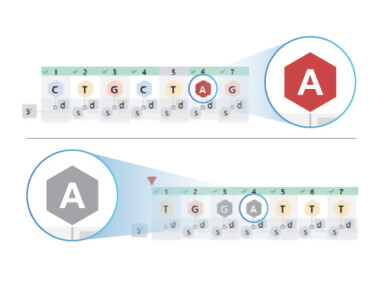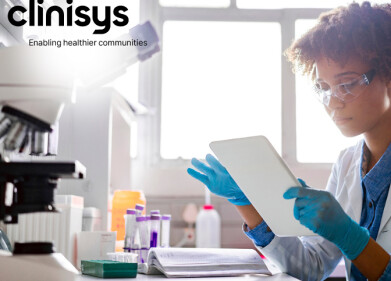-
 LIMS capable of wirelessly transmitting and receiving at once could be possible with Stanford University technology
LIMS capable of wirelessly transmitting and receiving at once could be possible with Stanford University technology
IT Solutions
Two-way data could lead to next-gen LIMS
Feb 15 2011
Created at Stanford University, in the heart of Silicon Valley, the system overcomes the problem caused on radio frequency networks by what was believed to be an inescapable one-way nature of the traffic carried.
"Textbooks say you can't do it," says assistant professor of electrical engineering and computer science Philip Levis.
He adds: "The new system completely reworks our assumptions about how wireless networks can be designed."
The problem arises because the signal broadcast by a radio is much stronger than any it receives - making it akin to shouting at someone who is whispering at you.
Now the scientists claim to have created a method to screen out the transmitted waves, allowing a signal to be received without errors.
The invention could ultimately lead to improvements in Wi-Fi networks, with applications in LIMS, air traffic control and telecommunications.
Digital Edition
Lab Asia 31.2 April 2024
April 2024
In This Edition Chromatography Articles - Approaches to troubleshooting an SPE method for the analysis of oligonucleotides (pt i) - High-precision liquid flow processes demand full fluidic c...
View all digital editions
Events
Apr 22 2024 Marrakech, Morroco
Making Pharmaceuticals Exhibition & Conference
Apr 23 2024 Coventry, UK
Apr 23 2024 Kintex, South Korea
Apr 23 2024 Seoul, South Korea
Apr 24 2024 Jakarta, Indonesia



.jpg)













